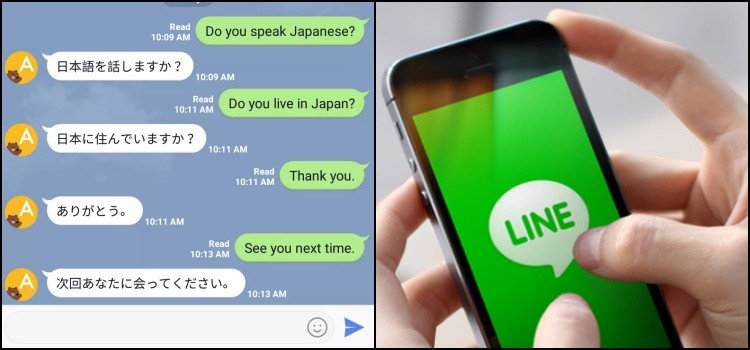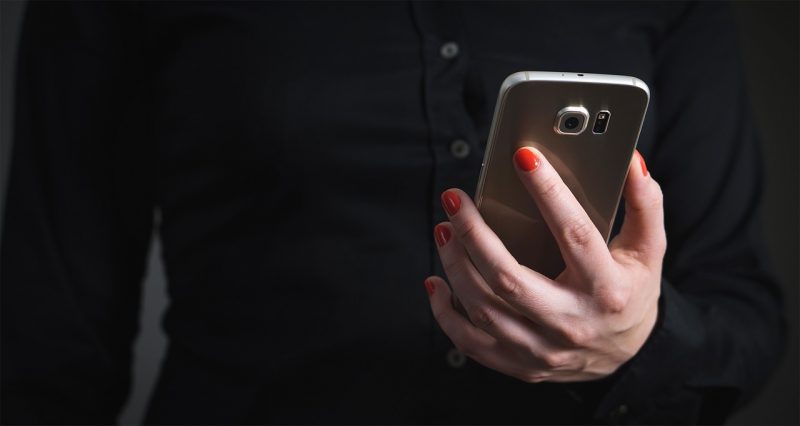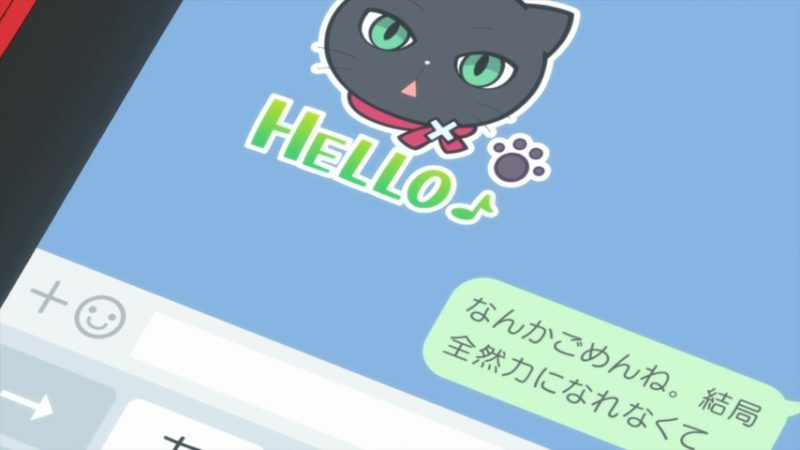Anyone who has visited or lives in Japan has already noticed that the Japanese use an application other than WhatsApp. They use LINE instead of WhatsApp to communicate. But, why do they use this app?
Just like the Xbox is not popular in Japan, WhatsApp is not either. Moreover, LINE is an app developed by Japanese people. Similarly, Sony and Nintendo consoles are also developed by Japanese. The same goes for automobiles.
You won't see Japanese people driving Chevrolet, Audi, Volkswagen or Ford. You will only see cars from Suzuki, Mitsubishi, Subaru, Honda and Toyota. Why? Because they are Japanese brands. (don't generalize...)

In short, the Japanese usually only use what is Japanese. It may be fear of using a foreign brand (although the Japanese also consume foreign products). It may be that the Japanese consume national brands because the products meet their requirements and preferences. It is not known.
But, not to lose focus, let's talk about LINE:
The South Korean giant Naver was responsible for creating the LINE app in 2011 to provide a quick communication solution for employees after the devastating Japanese tsunami. Shortly after, it was released to the public and within 2 years it reached 200 million users.
Table of Content
Why is LINE so popular in Japan?
The main feature of LINE is the ability to create groups. The Japanese mainly use the app to communicate with their internal groups. Only secondarily do they get used to connecting to an individual. This is the main attraction for the Japanese.

Okay, WhatsApp also has this ability to create groups, but foreigners in general prefer to communicate privately with the person.
Another super important factor is that you don't have to provide your phone number to add the person. You can do this via an ID or QR code. You also need to accept a friend request, avoiding receiving messages from strangers.
The interface is unadaptable. This might seem counterintuitive, but in fact, the Japanese were using smartphones, or at least networked cell phones, long before similar phones became popular elsewhere.
The interface of these early devices was navigable by thumb pressure on a keyboard. While LINE operates on a screen, the app is thumb insensitive compared to other apps.
For some reason, the Japanese seem to find a sense of comfort in clunky interfaces on their handheld devices.

How did LINE become more popular than WhatsApp?
The app started off very weak. Until they started including countless "stamps" for purchase. Again, for unexplained reasons, younger generation Japanese spend money on these stamps to "personalize" their messages.
With probably the highest number of graphic designers per capita in the history of the universe, this guarantees a constant flow of new designs, on a native cultural level.
Not to mention, the same capabilities of WhatsApp already existed on LINE even before they existed on WhatsApp.
It is believed that over 70 million people currently use this app in Japan. This popularity exists in Japan even before WhatsApp became popular. In 2013, LINE and WhatsApp had a relatively equal user base.
